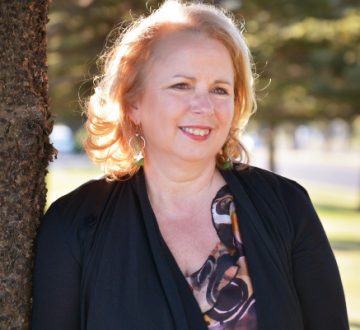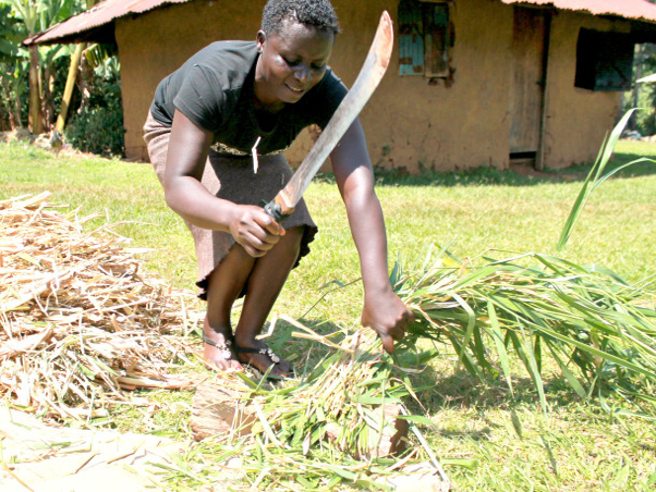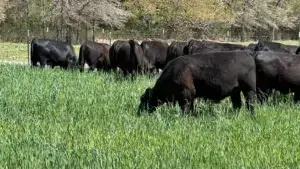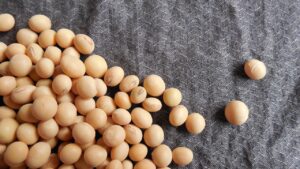
People in developing nations like many of those in sub-Saharan Africa are in a pickle. While they have the ability to better feed themselves, their children and their communities, much-needed research on agriculture systems, animal health nutrition and plant diseases has to deliver the right outcome in a context where urbanization is limiting the understanding of the needs of rural families.
Right now, Africa is the world’s hotbed of famine, hunger and bad nutrition. Be it because of changes in climate patterns, policy decisions or international trade, many of the decision-making processes that enable the reversal of this situation are playing out elsewhere, especially with regard to forage plants and livestock.
Many countries in sub-Saharan Africa have seen a dramatic increase in the number of animals reared on their land over the past 20 years. This led to a need for improved forages for newly established dairy farms and cattle-rearing facilities. In a perfect feedback loop, the growth of forage crops would lead to the breeding of quality livestock like chickens, goats and cattle. Quality livestock leads to better nutrition through human consumption of eggs, milk, meat and other animal products that are becoming an increasingly important source of nutrition for Africans.
The availability of suitable land to grow forages has been a concern in Africa as it has in many countries. Land tenure prevents forage crops from being grown except on marginal lands. A pan-African seed bank network, developed in the 1980s, has been essential in developing adapted seeds for various regions. Its research funding has petered out as other issues took precedence over it. Private investment to grow and supply the market with the right seeds has been very slow to develop.
In this age of DNA research, it is becoming increasingly essential to speed up the improvement of the forage crops used on the African continent. Disease resistance and drought resistance are essential traits to understand and introduce in the plants used in these areas. In order for Africa to feed itself (a goal set by many heads of state), the whole value chain of sustainable agriculture must become more efficient.
Forages should not be pushed to the side of the road or another area that can’t be used for anything else, while the best land is used for fruits and vegetables for the local market or for export — something that actively takes place in many regions.
Another concern is the impact of a growing movement across the globe that is pushing the message that raising livestock is bad for the environment and a waste of resources. The movement cites pollution by livestock, energy costs to feed animals and number of acres needed for livestock production as reasons for governments across the world to enact laws to limit livestock production, even in developing areas of the world.
The rapid rate of urbanization of sub-Saharan Africa also complicates things. We know when people leave rural areas for cities, they lose touch with agriculture. When certain influential groups speak out against livestock, you end up with an urban population that begins to believe that breeding of livestock and the consumption of animal products is bad. We have seen the same scenario play out in the plant breeding world with GMOs.
Groups like CGIAR and the International Livestock Research Institute continue to work hard to research and create better varieties of Brachiaria and other forage crops. With continued effort, I’m hopeful we can turn the tide, but doing so will require decision makers at all levels to get involved and go to bat for forage breeding and small farmers in the developing world.
—Suzanne Bertrand is Retired Deputy Director General — Research (BioSciences), International Livestock Research Institute. She earned her PhD in plant molecular biology from Laval University in Québec City. She began her career as a scientist with Agriculture and Agri-Food Canada, working on forage plants. Her focus shifted rapidly from laboratory-based research to application of modern agri-technology in the developing world.












